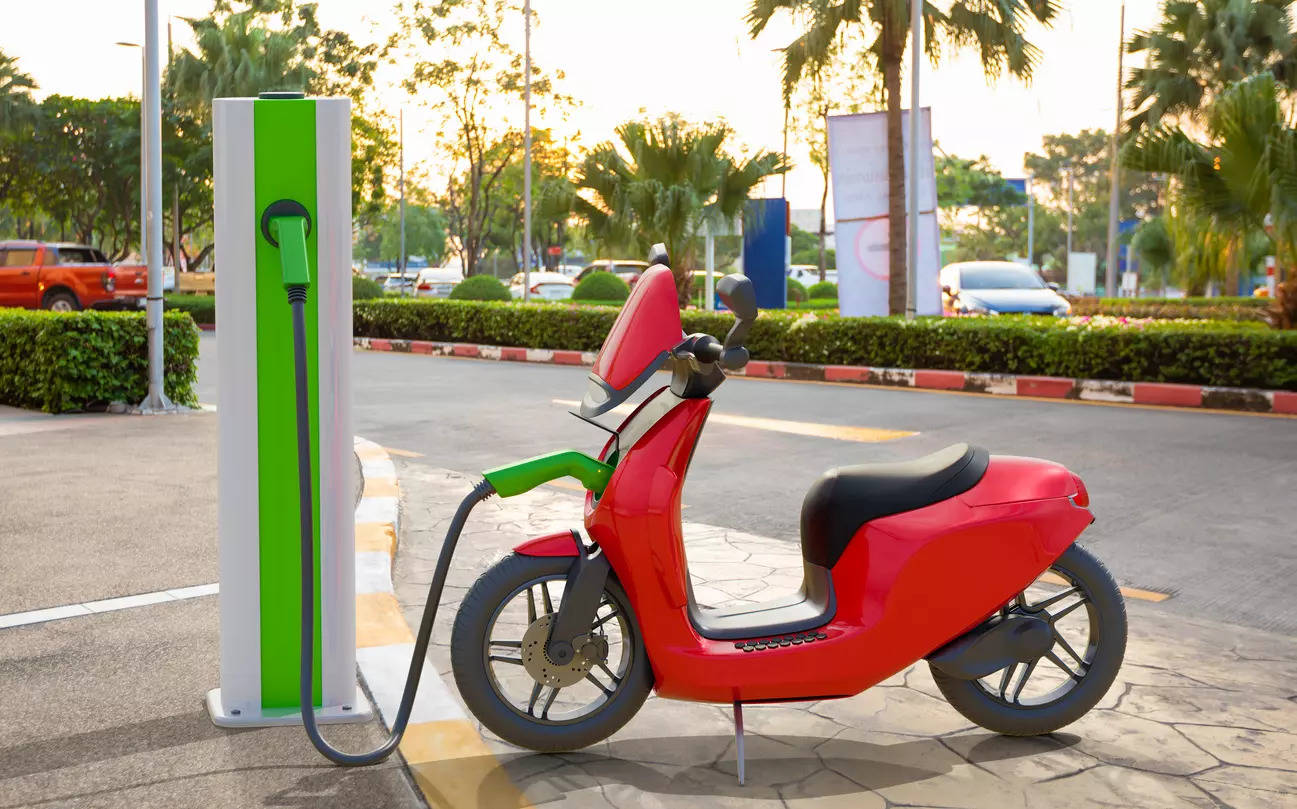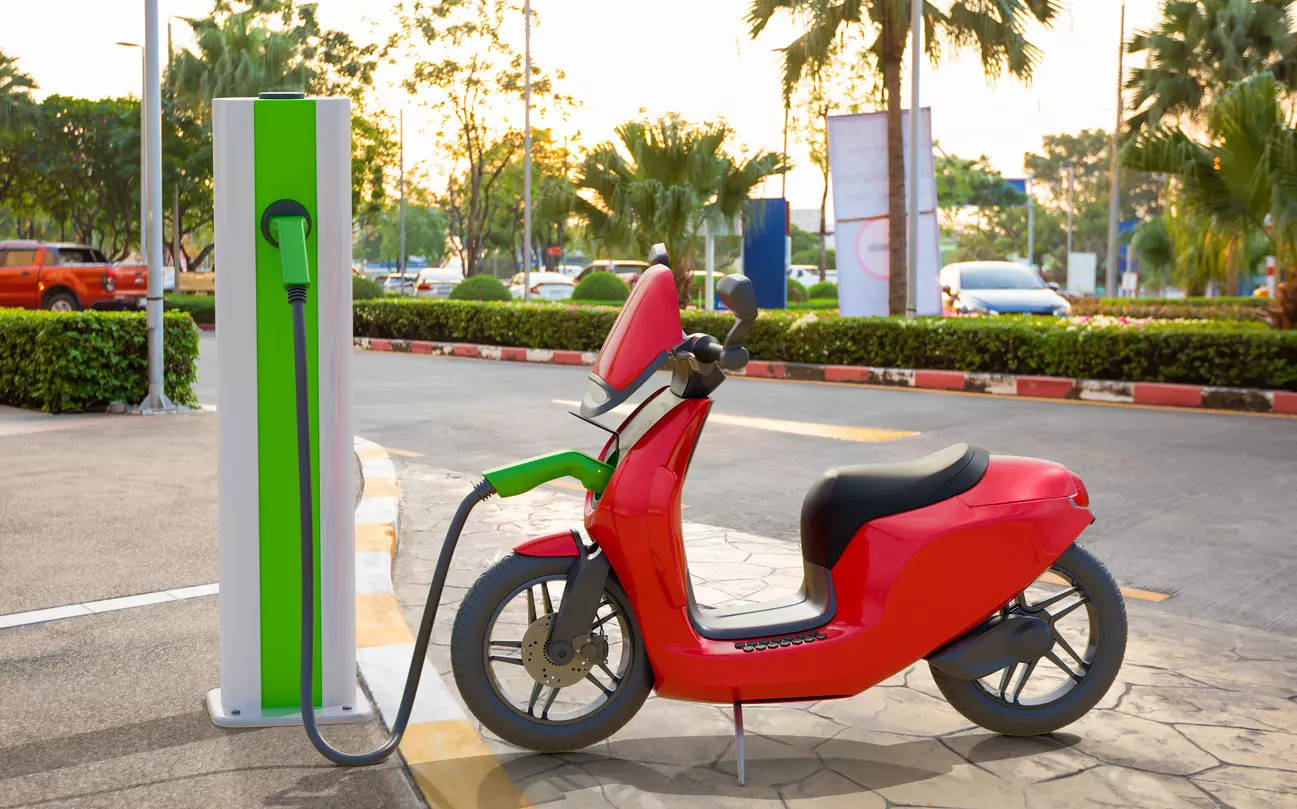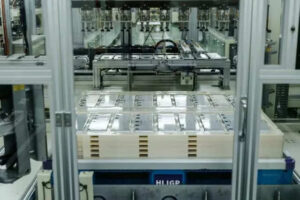
It has been over a month since the new subsidy regime for the electric vehicle industry was launched, but some eligible two wheeler OEMs have not succeeded in getting necessary approvals to claim subsidies. These e2w OEMs had earlier been in the cross hairs of the government over alleged subsidy misappropriation under the previous subsidy regime, Faster Adoption and Manufacturing of Electric Vehicles (FAME) II. Industry sources point out that Hero Electric, Okinawa Autotech, Greaves Electric Mobility and Revolt Motors (among others) have not yet been registered for subsidies in the new scheme, called Electric Mobility Promotion Scheme (EMPS). These OEMs are among the seven companies against which the ministry of heavy industries had initiated recovery of varying amounts of subsidies in 2022, alleging misappropriation.
Under FAME II, subsidies or purchase incentives were available to OEMs which fulfilled various conditions, including mandatory levels of localisation. In 2022, the ministry had alleged subsidy misappropriation against 13 e2w OEMs and from seven of these manufacturers, it had sought a refund of the subsidy amounts already paid due to alleged violations. For example, Okinawa was asked to pay back INR 116 crore while Greaves Electric was asked for INR 124 crore. While some of the OEMs had refunded the subsidy amounts, Hero and Okinawa filed petitions in court challenging the ministry’s demand.
With this background, even as the two court cases are pending, it has now emerged that many of the OEMs which had earlier been marked out by the ministry for alleged misappropriation have not been allowed back in even in the new subsidy regime.
The EMPS was launched from April one and is valid for four months; it has been given a corpus of INR 500 crore but all OEMs requiring subsidies must register afresh on the government portal.
A top official of one of the affected OEMs confirmed that it has not been registered under EMPS while a spokesperson for Revolt said “we understand that onboarding of Revolt on FAME/govt subsidy program is in its last stages. We expect the approval very soon”. The official quoted earlier said that not only were the earlier allegations of subsidy misappropriation untrue, the government was now trying to whitewash the entire episode by giving a “clean chit” to these companies since some of them had dragged the entire matter to court.
Multiple e2w industry officials told ETAuto that the Ministry of Heavy Industries (the administrative ministry for subsidy programme) has already absolved them of any wrongdoing, after an internal panel concluded its research into the entire subsidy saga. A spokesperson of the ministry, however denied giving any clean chit, saying “not cleared. It is a false report in news” when asked whether Hero, Okinawa and others had been cleared of all charges.
Subsidy rigmarole:
In 2022, 13 e2W manufacturers were first slapped with penalties by the MHI and then denied subsidy reimbursements because of not meeting mandated localisation norms. Later, many other discrepancies were found in the entire certification process itself. In fact, when the ministry began a crackdown against the e2W startups, alleging subsidy misappropriation that year, questions also arose about how the disbursal continued through the initial months of that year if there were indeed violations of localisation norms? Questions also pertained to government’s own testing agencies not flagging the inadequate localisation issue since subsidies were contingent upon checks conducted by these very testing agencies?
So even as the MHI stopped subsidy disbursements pending an enquiry, the e2W OEMs continued to pay the subsidies from their own pockets to keep up sales while demanding resumption of the payments from the government. Questions also arose over selective punitive action against specific OEMs.
All this mud slinging over subsidies meanwhile led to an upheaval in the e2w market share pecking order. Okinawa, was the second biggest e2w OEM in FY23 at over 95,000 units but shrank to just over 20,000 units in FY24. Hero Electric and Ampere were among some of the other market leaders whose numbers fell drastically in FY24 over the previous fiscal. But the dramatic rise of legacy two wheeler companies TVS Motor Company, Bajaj Auto and Hero MotoCorp in the market share pecking order is worth noting.
TVS climbed from the fourth position to the second in FY24, selling nearly one lakh additional units and accounting for a fifth of the market. Hero MotoCorp increased sales exponentially, from under a 1000 units in FY23 to well over 17000 units in FY24. And Bajaj nearly quadrupled its e2w sales to cross the one lakh unit mark in FY24. Ather also logged impressive growth, crossing the one lakh unit mark; Bajaj and Ather were neck and neck last fiscal.
So in a nutshell, the top three e2w OEMs – Ola, TVS and Ather – nearly sold as many units in FY24 as the entire industry sold in the previous fiscal.
Road Ahead
Promoter of one of the e2w OEMs not registered on the EMPS portal said that his company had decided to “live without subsidies” since the subsidisation regime will anyway end sooner or later. Instead, he claimed that value engineering and relentless focus on costs had enabled his brands to reduce prices of certain models by up to 20%. “We want to get back our lost market share and consistent product innovation will help us in this goal,” he said.






